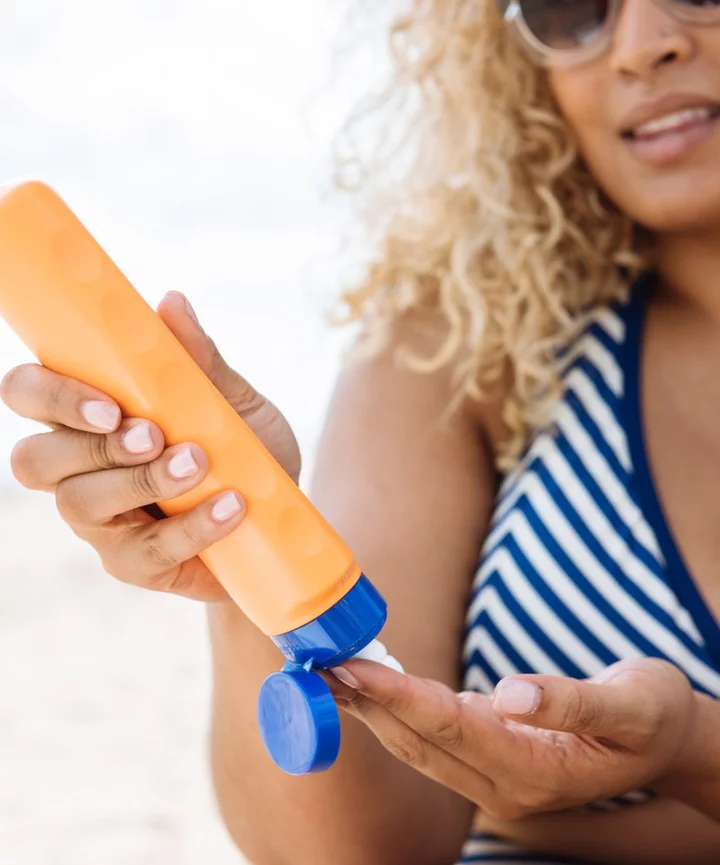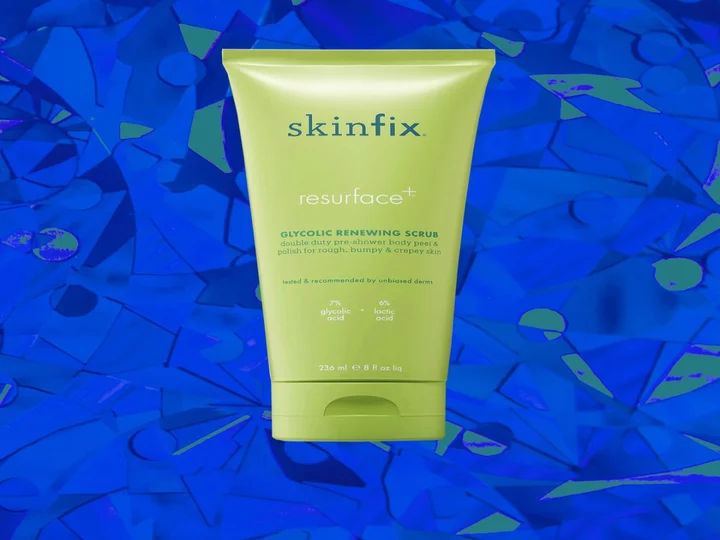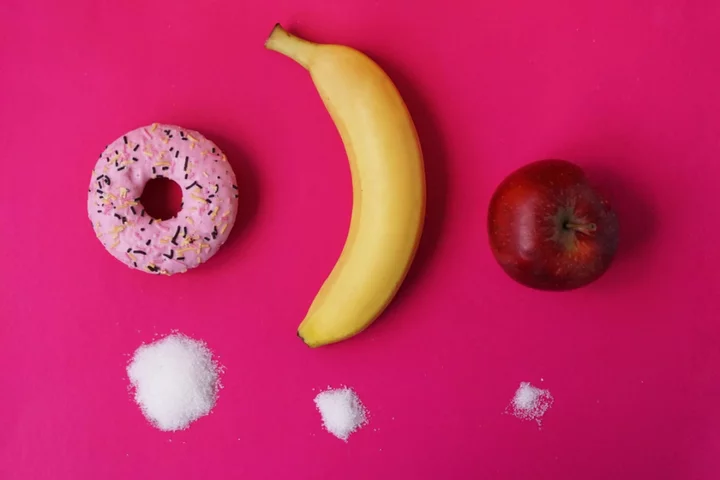We’ve come a long way when it comes to sunscreen. Trust me, as a long-time /r/skincareaddiction reader, the conversation about sunscreen has shifted in the past decade, and that’s a good thing. There are more options, more diversity ingredients, and, of course, more product development = more innovations in the space = more inclusion in the sunscreen market, which claps all around for us all. But when it comes to the sunscreen conversation, we’re still dealing with the dreaded white-cast discussion.
I hate to break it to you, but if you’re wearing the “correct amount” of physical (mineral) sunscreen, you kind of have to accept a tiny wee bit of a white pall on your face if you’re using anything zinc oxide or titanium dioxide-based. I know, I know, don’t come for me! And this isn’t me pushing you to wear chemical sunscreens instead — I know they’re not for everyone, and mineral sunscreens aren’t for everyone either. As you’re wearing sunscreen, and wearing enough, it’s about adapting to what works for you. I just want us all to be better at protecting our skin, no matter what. I consulted with dermatologists to see if there’s any way you can really claim a “no white cast” physical sunscreen or if we’re all accepting a life of looking like a distant cousin of Casper.
How much is the “correct” amount of sunscreen?
We all know the traditional sunscreen rules: Wait 15 minutes before sun exposure, reapply after two hours, hit your hands/neck/ears/webs of fingers and toes, blah, blah, blah. The word “should” in the question of how much sunscreen should one be using complicates things, according to Christina Lee Chung, a board certified dermatologist at Schweiger Dermatology Group in Philadelphia. “Technically, to achieve the SPF listed on the product, you need to apply 2mg for every 1cm of your body, which is a significant amount of sunscreen,” she explains. “Realistically, you should apply a good coating to exposed areas daily, with reapplication every two hours to ensure maximal sun protection.” You may have heard of the ‘two-finger method,’ where you measure two fingers worth of sunscreen to your index and middle fingers and apply to your face.
According to board certified dermatologist Karan Lal, of Affiliated Dermatology in Scottsdale, Arizona, a shot glass-worth of sunscreen is a good amount to be applied to the body. This is a ton of product to be properly protected, so it’s no question we may wind up with a little bit of Beetlejuice energy emanating from our skin.
Tip 1: Apply sunscreen in layers.
The question remains: If you’re wearing the correct amount of physical sunscreen for sun protection, will a white cast be inevitable? Yes and no — it really depends on your skin tone, truly. “The newer topical technologies do well in creating a sheer effect for people with lighter skin tones. If you have any amount of [skin] pigment, it is challenging to avoid a white tint,” says Dr. Chung. Even a tinted physical sunscreen may leave a tiny bit of a cast — the key is applying it in layers to really help combat that white cast. Look, it’s another chance to luxuriate in your skin-care routine, can you really get mad at that?
Tip 2: Check your sunscreen’s ingredients list.
When looking at an ingredient list, first and foremost, try to look for non-nanoparticle mineral sunscreen filters. “These sunscreens are made with smaller molecules of mineral filters, so they spread easily and better,” shares Dr. Lal. Next, look for iron oxides, which add color and tint to sunscreens.
Tip 3: Apply sunscreen immediately after moisturizer.
Apply your sunscreen immediately after your moisturizer, especially for melanin-heavy skin tones. “A little moisture will help you spread the mineral sunscreen, applying on dry skin can make you look very white,” says Dr. Lal. And if you’re wondering how long you should be rubbing in your sunscreen, it’s really up to you — Dr. Lal suggests rubbing the sunscreen in for at least 3-5 minutes to ensure an even application, while Dr. Chung likes to apply 2-3 thin layers 15-30 minutes apart.
This isn’t me saying “walk around looking like you look like you’re in a Victorian painting,” not at all. I celebrate and welcome the innovations and changes we’ve made in the space in the years since I’ve become a diehard daily sunscreen user. (It took me years to give up my beloved Bioré’s UV Aqua Rich Watery Essence Sunscreen, still the one of the GOATs, in my opinion.). But mineral sunscreens still have a bit of a way to go. And that’s fine, it’s all about how you make it work for you — apply your sunscreen in layers, wait a few minutes before applying your makeup over it, test it out! See what happens! Sun protection, but make it fashion — that’s my approach to a white cast from my physical sunscreen.
These are my favorite formulas (and now you know how to apply them):
At Refinery29, we’re here to help you navigate this overwhelming world of stuff. All of our market picks are independently selected and curated by the editorial team. If you buy something we link to on our site, Refinery29 may earn commission.









